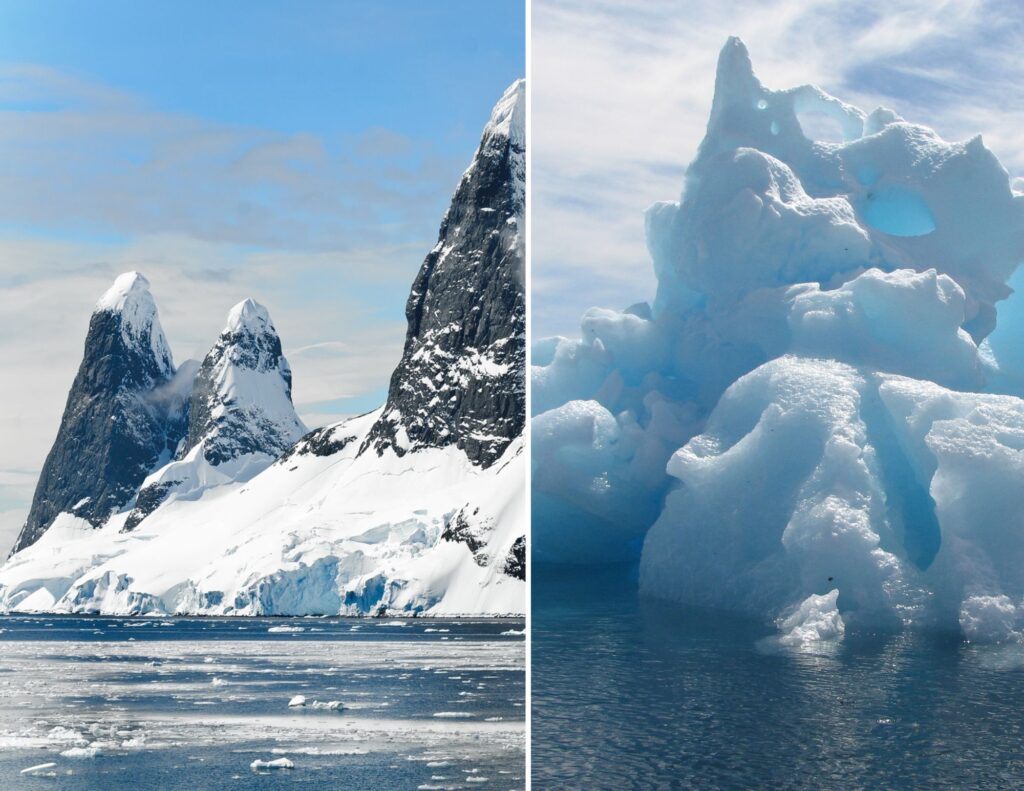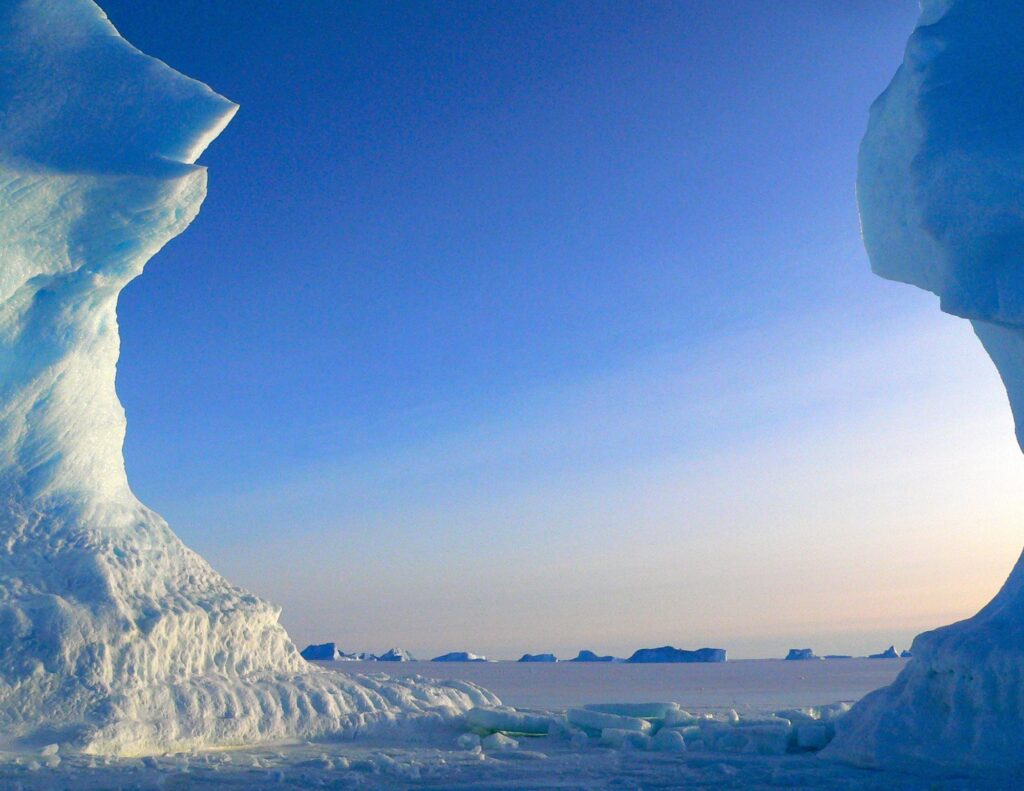Indian Scientists Solve the Mystery of Disappearing Antarctica’s Ice. The findings point to an alarming tendency in the patterns of ice growth and retreat, especially in the lead-up to the September 2023 annual ice maximum.
Dr. Babula Jena of the National Centre for Polar and Ocean Research has undertaken a ground-breaking investigation in partnership with the British Antarctic Survey that has revealed important new information about the abrupt shifts in Antarctica’s ice conditions that have been noted.

In the past, sea Antarctica’s ice increased somewhat until 2015 and then began to sharply drop in 2016. On September 7, 2023, the ice extent reached a concerning milestone of 16.98 million square km, which is roughly 1.46 million square km less than the long-term average. This change is not only a statistical outlier; it also clearly indicates more significant environmental shifts.
How Antarctica’s Ice Getting Disappering?
According to the study, a number of variables are involved in creating these extraordinary circumstances. The reduction of ice growth has been mostly attributed to high heat in the upper water.

Changes in air circulation, however, have also had a significant effect. Strong northerly winds over the Weddell Sea have come from the deepening and eastward shift of the Amundsen Sea Low, a crucial low-pressure system. This has pushed the ice edge farther south than usual and contributed to record air warming.
Rapid and substantial ice loss has resulted from these atmospheric changes, as well as from strong winds and large ocean waves caused by polar storms. In the Weddell Sea, for example, the ice edge receded up to 256 km in a matter of days, losing an amount of ice nearly the size of the United Kingdom.
These discoveries have broad ramifications. The biology of the Southern Ocean, local temperature variations, and overall ocean circulation are all significantly impacted by the decreased ice conditions, in addition to having an influence on global sea levels.
Furthermore, there is an urgent need to address concerns about the stability of ice shelves and the possible amplification of global warming through the ice-albedo feedback loop.
Determining whether these changes reflect a long-term decline as predicted by climate models is still difficult given the relatively short duration of satellite data (about 45 years). Anthropogenic and natural climate variability are both at work, which complicates and obscures the relationship between these processes.
People search for:
What was found in January 2024 in Antarctica?
The discovery was made in January 2024 during a visit by Viking’s research ship, the Viking Octantis, to Astrolabe Island, a three-mile-long island in Antarctica’s Bransfield Strait. A chinstrap penguin colony on Astrolabe Island hasn’t been examined since 1987.
What was discovered beneath Antarctica’s ice?
Researchers find a prehistoric scene in a region of Earth that is “less well known than the surface of Mars.” Beneath the East Antarctic ice sheet was found to be an ancient landscape with valleys and ridges.
What did researchers find beneath Antarctica in 2013?
March 15, 2013, sea ice and icebergs drifting along East Antarctica’s Mawson Coast. Using satellite imagery and ice-penetrating radar, the landscape—which is thought to have been buried beneath the ice shelf for 14 million to 34 million years—was discovered.
Is there an ice age in Antarctica still?
At the Eocene-Oligocene boundary, 34 million years ago, the Late Cenozoic Ice Age—also known as the Antarctic Glaciation—began and continues to this day. We are in the icehouse era, or the present ice age, on Earth. The creation of the Antarctica’s ice sheets marks its commencement.
In 2050, what will become of Antarctica?
Scientists fear that by 2050, Antarctic deep ocean water flows might drop by 40%, endangering the collapse of circulation that is essential to planetary systems.
Which animal was discovered in Antarctica?
Strawberry feather star with strawberry
A stunning finding has been made from the Antarctic Ocean’s depths: an enormous monster with 20 limbs that remarkably resembles a strawberry. This fascinating insect, known scientifically as “Promachocrinus gregarious,” has captured the interest of scientists and gained the colloquial moniker “strawberry feather star.”
Also, visit…
In the US, TikTok Might be Banned. When India did it, this is What Transpired.
Telangana TS Inter Results 2024 Declared: Check Here
In the US, TikTok Might be Banned. When India did it, this is What Transpired.
Green Line Issue for Samsung S Series Users in India in Free